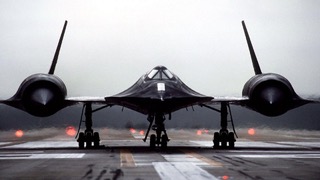At Laseronics we just finished some very cool titanium parts which we cannot talk about yet, but we had the engineering shop talk about this fascinating material and one of the most fascinating planes ever built :
Titanium in Aerospace: The Untold Story of the SR-71 Blackbird
When it comes to aerospace engineering, materials play a pivotal role in determining an aircraft’s performance, safety, and longevity. Among these materials, Titanium stands out for its incredible strength-to-weight ratio, high melting point, and remarkable resistance to corrosion.

But did you know the intriguing story behind the SR-71 Blackbird, one of the fastest jet aircraft ever built, and its link to Titanium?
The SR-71, operated by the U.S. Air Force from 1966 to 1998, was designed to fly at three times the speed of sound (Mach 3) at altitudes above 85,000 feet. To withstand such extreme conditions, a special material was needed, and Titanium was the material of choice.
But here’s the twist: during the height of the Cold War, sourcing a large quantity of Titanium was a significant challenge for the U.S. Why? The majority of Titanium was being produced in the Soviet Union—the very country the SR-71 was being designed to spy on!

In a tale that sounds straight out of a spy novel, the CIA, in covert operations, sourced Titanium from the USSR itself through a series of intermediaries and dummy corporations. In essence, the Soviet Union unknowingly supplied the raw materials for an aircraft that would become a symbol of American aerial reconnaissance capabilities.
Today, Titanium continues to play a crucial role in aerospace engineering, from commercial airliners to next-gen spacecraft. Its legacy, underscored by the SR-71 story, is a testament to the lengths engineers will go to source the best materials for their designs.
Here’s to the innovative spirit of aerospace engineering and the fascinating tales behind every project.
